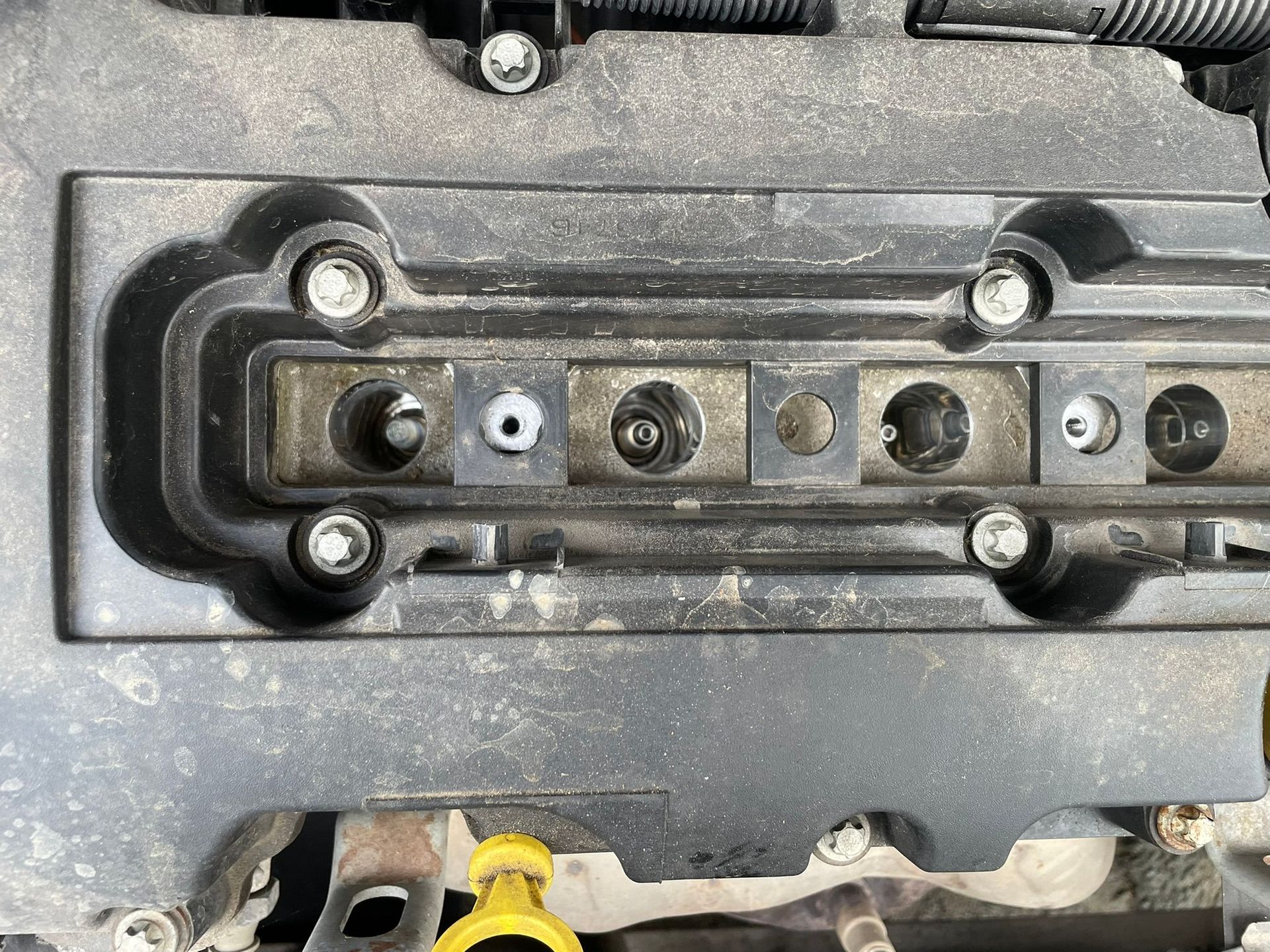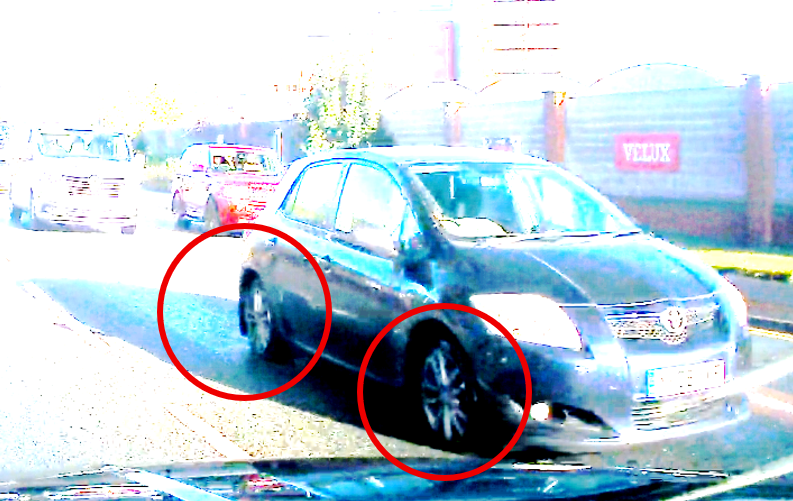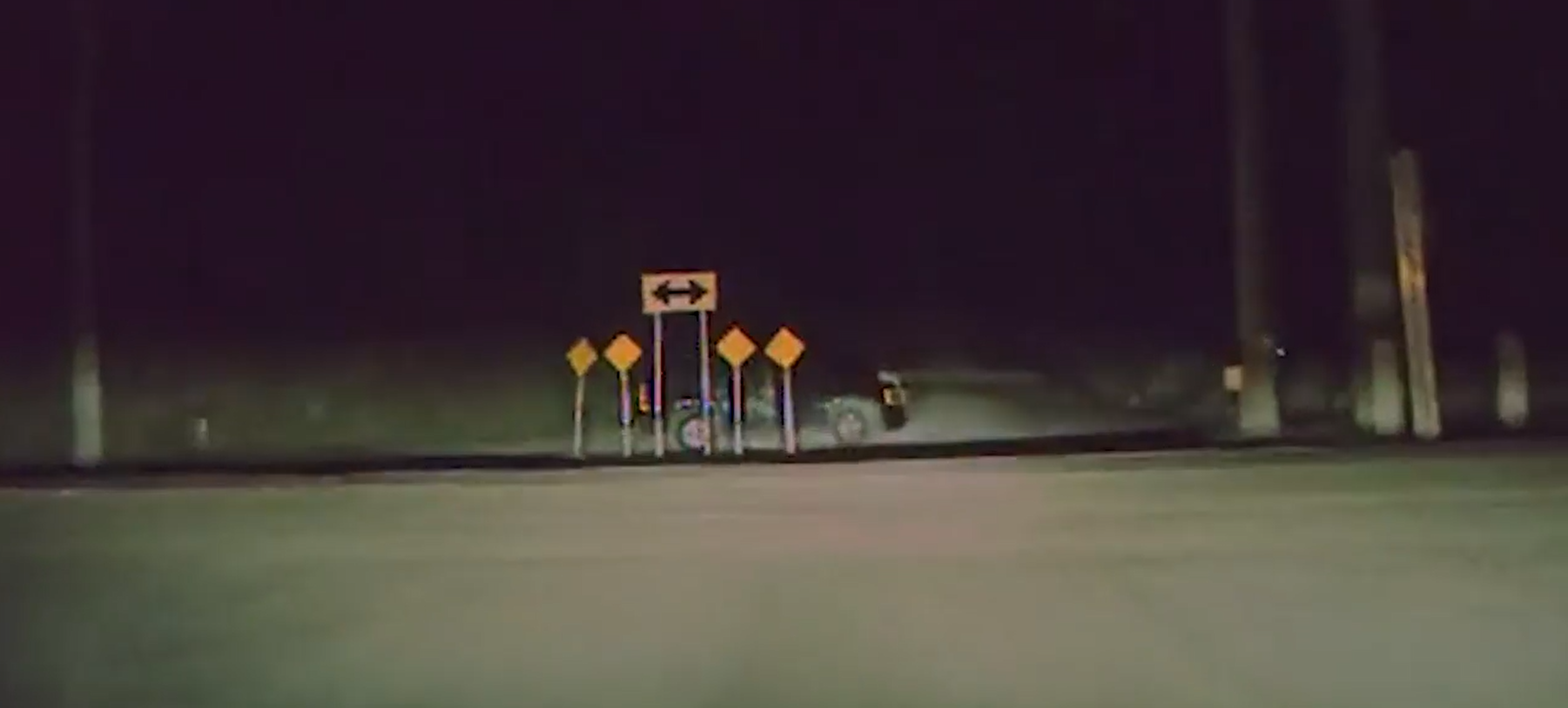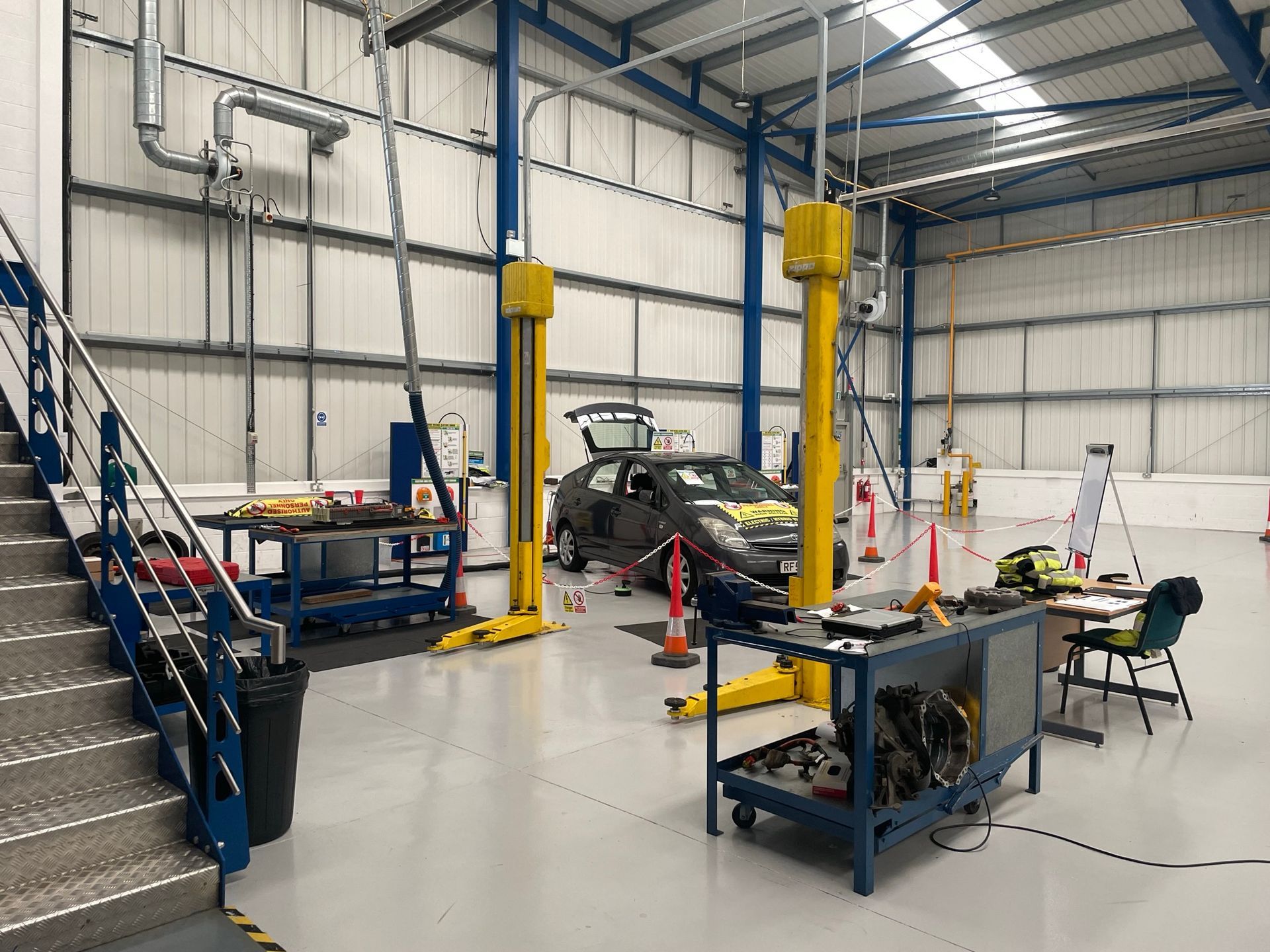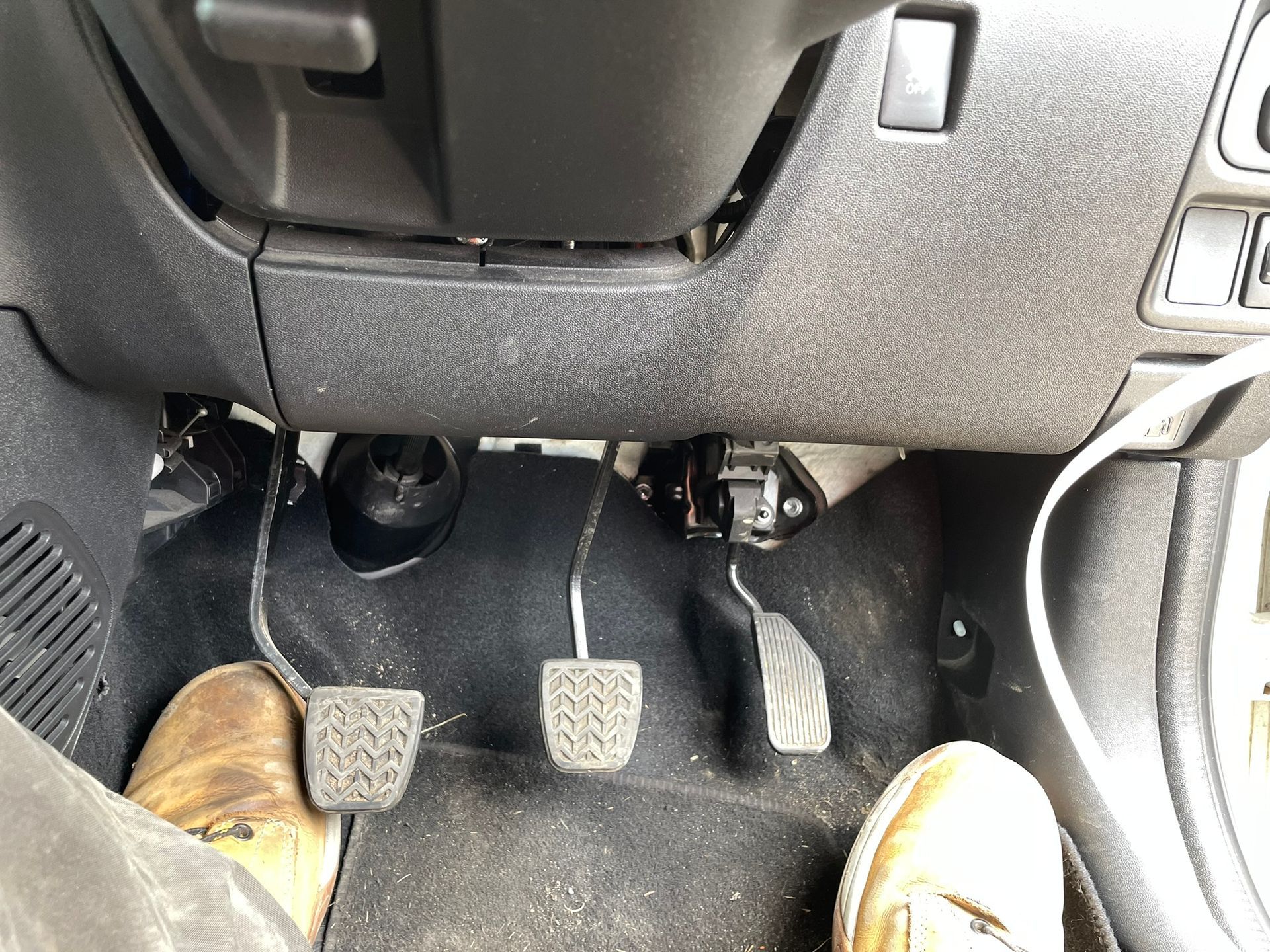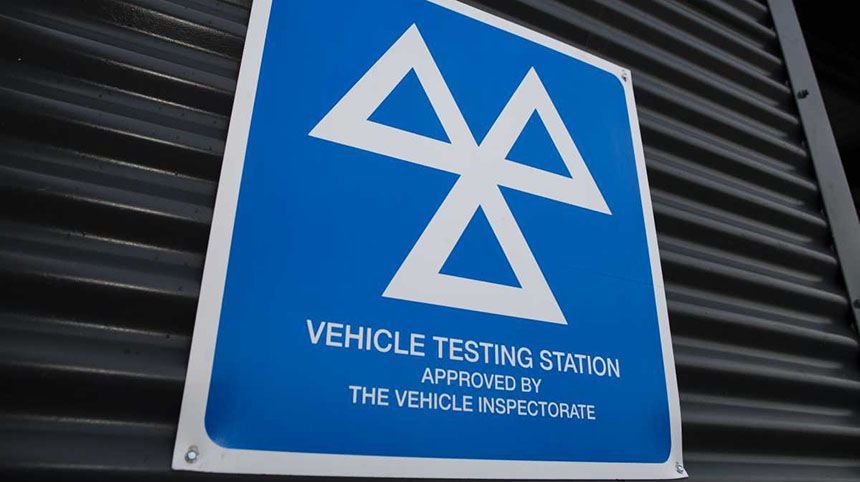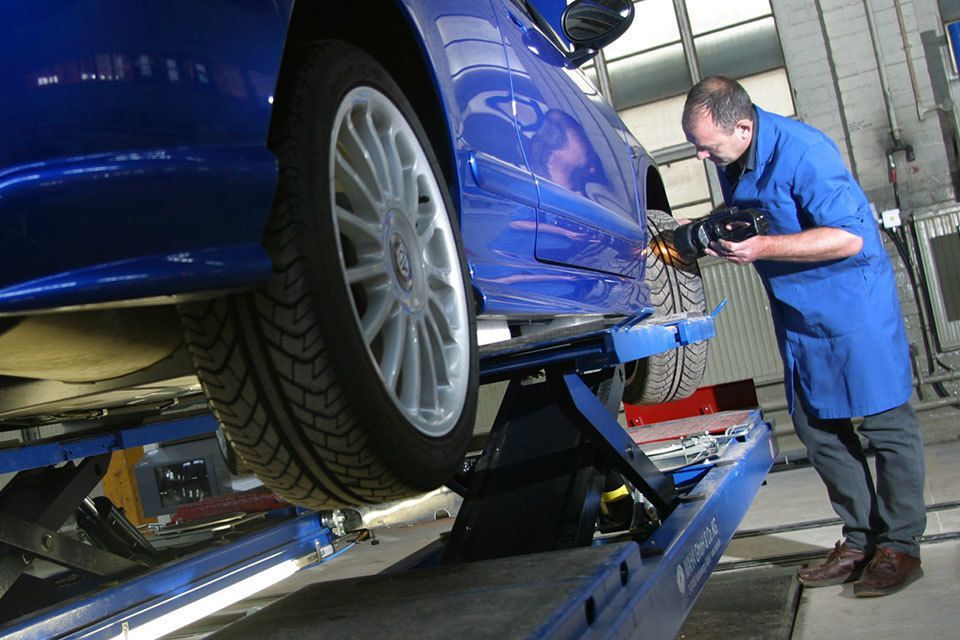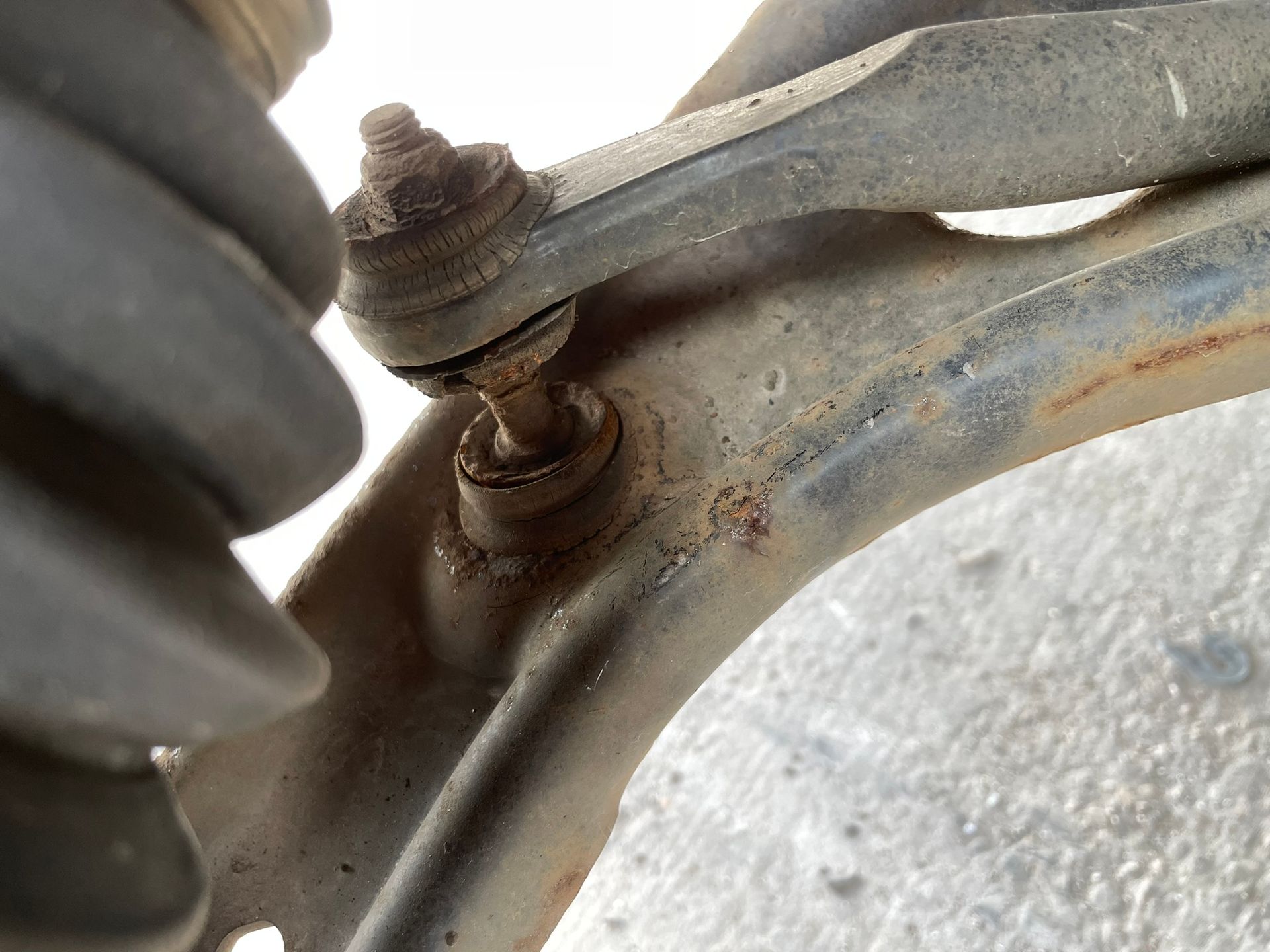Event data recorder (EDR) use in sudden unintended acceleration events
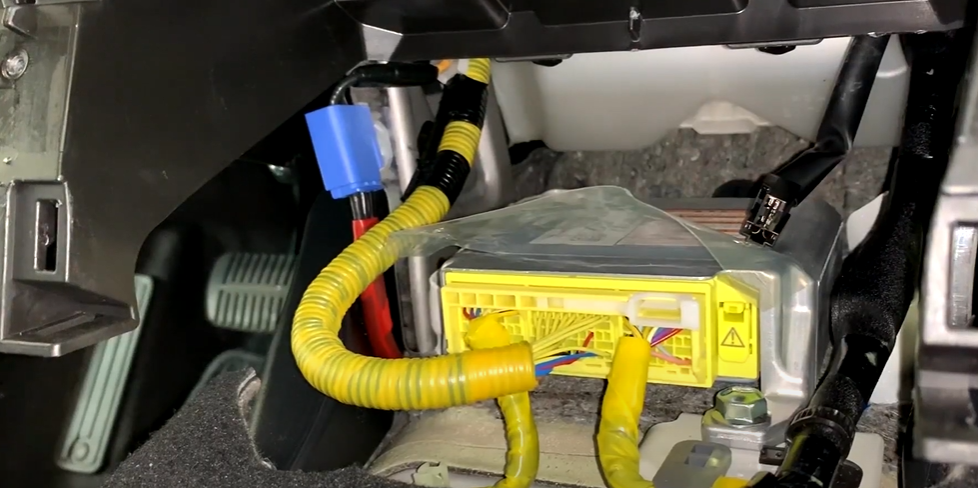
Event data recorders (EDRs) are becoming more and more common, especially with the requirement for all new vehicles to have one as standard from new.
But when a driver reports a sudden unintended acceleration (SUA) event, can you rely on the data the EDR has recorded?
I’ll start by giving some context. EDRs or event data recorders, are the car equivalent to the planes black box or flight data recorder, but the similarities between the two end there shortly afterwards.
Where a planes flight data recorder may record up to 1,000 data points for the past day, a cars EDR is far less sophisticated. For a start, it generally only records up to 5 seconds of pre-collision data from the moment is detects an impact and whilst the number of data sources might reach double digits, it is no where near as many as a planes flight data recorder.
There is also another problem. There have been instances where the data recorded as part of the EDR has been wrong. The first example comes from the European Association for Accident Research and Analysis (EVU) found instances where data points contradicted each other, meaning that at least one of the data sets had to be incorrect. The second example is more simple, and that is the data recorded is what the vehicle sensed around the time, not necessarily what happened. A classic example being wheel speed. Wheel speed in most modern cars is assessed using a wheel speed sensor, but that sensor cannot determine whether it is being driven on the road or being lifted up in the air by a crane, all it knows is that the number of rotations in a set time means it is travelling at a particular speed. So in that sense the data lacks context.
This is why it remains more important than ever, not to rely solely on EDR data and instead use your other senses to fact check the EDR data where you can. Where concerns arise around the consistency of the EDR data, you either need to find a way of determining the accuracy of the data recorded, or ultimately you cannot rely on it.
Ensuring you have the right expert to guide you through the process of analysing and assessing the available evidence is key and with just under a decades worth of experience in the field, Driven Forensics are the people you need to contact.
Email: enquiry@drivenforensics.co.uk
Phone: 0113 534 8708
(1) https://www.evu-online.org/an-airbag-ecu-contradicts-itself-discrepancies-and-reverse-engineering-of-edr-data

